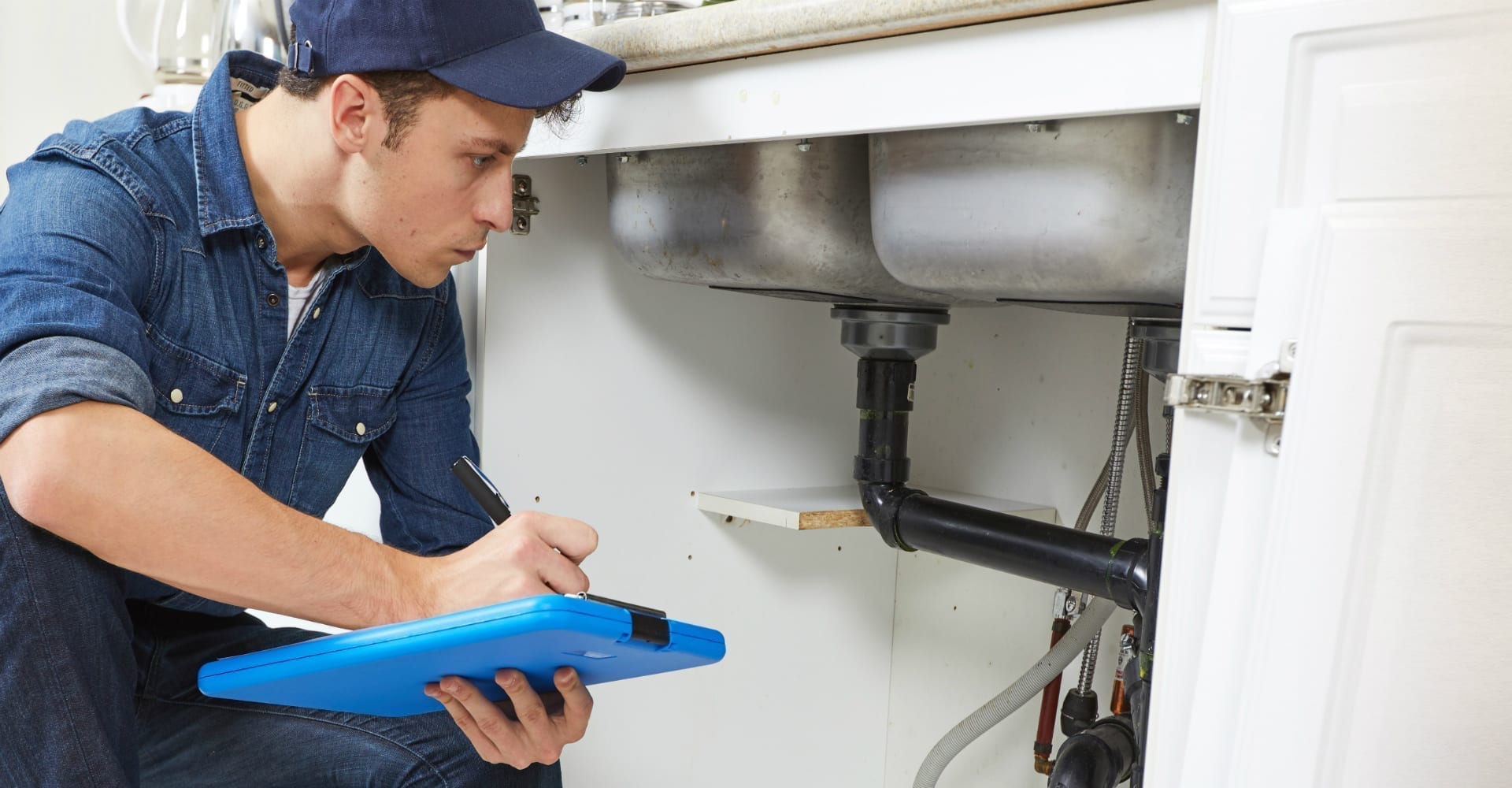Home security is no longer a luxury in today’s world. According to Safewise, a burglary takes place every 18 seconds in the United States. This translates to 200 per hour and about 4,800 per day. While a security system will do nothing to avert crime, it acts as your eyes and ears when you are away or asleep. A report by the University of Carolina showed that approximately 60% of burglars tend to avoid homes with security systems.
With this in mind, it is important now more than ever, to have a working security system as a home or business owner. One of the elements that make up a security system is a wireless camera. Having a security camera means you rest easy knowing your family or office is safe at all times. Today, there are numerous options to choose from. Let’s talk about a wireless camera’s range. What is it and how do you know the right one for you?
What Does A Wireless Camera Range Imply?
Wireless security cameras are the most preferred option for many homeowners because they are not only easy to install but are cost-friendly as well. However, a good understanding of the range of a wireless camera is an important factor of the installation process. Ideally, every camera has a standard range that ensures a clear line of sight from the receiver. The minute the camera approaches the edge of this set range, you’ll start to notice errors on the camera feed. Before you purchase a CCTV wireless camera, you will need to keep the distance in mind. For a larger property or room, you might need to go with a longer range wireless camera.
Speaking of security camera installation range, there are two categories, you should be aware of:
- TVL and IR range
If you walk into a security camera shop now, the salesperson is likely to quote two figures to you: the IR range and the number of TVL. This is sometimes referred to as the night time range. IR range concerns itself with the distance from which the camera’s infrared can be detected by the camera. In essence, these values have nothing to do with the best distance for capturing sufficient detail.
- Optical range
This refers to the specific distance at which adequate detail can be captured. This isn’t necessarily the number of TVL the camera has or its brightness; it depends on the kind of lens fitted on the camera. A standard DVR stores images as pixels or tiny dots. For instance, a D1 resolution gives you about 400,000 pixels for one image frame. Therefore, a wide-angle lens causes a rapid spread of pixels as you move further from the camera which means less detail will be captured. In contrast, a more telephoto lens gathers pixels and hence captures plenty of detail further away from the camera.
Bottom-line
The security camera installation range is the parameter used to quantify details in wireless security parameters. Some systems can adequately capture great detail even as far away from the camera as possible while some are ideal for smaller properties. Choose a system depending on your specific needs at hand.





